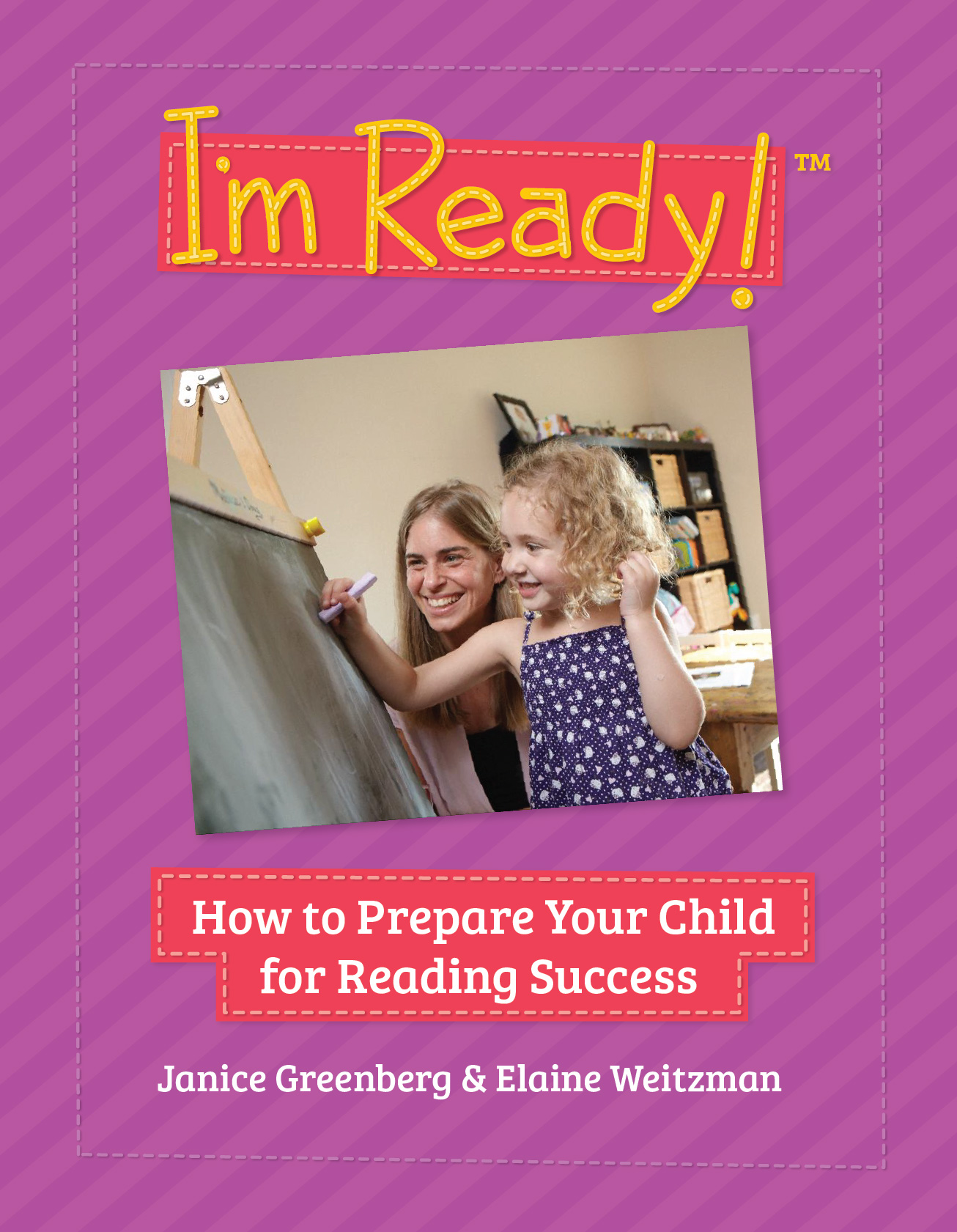More Than ABCs: Building the Critical Thinking Skills Your Child Needs for Literacy Success

When sharing a book with your preschooler, one of the most important things to do is encourage their story understanding. The better your child understands the stories they hear now, the easier it will be for them to read and write stories on their own later.
The words and pictures in a book can only tell us so much. To truly understand a story, your child needs to go beyond what’s written on the page or shown in the pictures. They need to use their critical thinking skills to fully grasp the story’s meaning.
What Is Critical Thinking?
Critical thinking happens when a child draws on their existing knowledge and experience, as well as on their problem-solving skills, to do things like:
- Compare and contrast
- Explain why things happen
- Evaluate ideas and form opinions
- Understand the perspectives of others
- Predict what will happen in the future
- Think of creative solutions
During book reading, you can help your child develop all of these skills so they fully understand the stories they hear.
How to Build Critical Thinking Skills – It's All About Conversation!
If your child just listens to a story and says very little, they won’t have much opportunity to build and use the critical thinking skills they need to understand stories. That’s because this kind of thinking happens during back-and-forth conversations in which your child can draw upon their own experiences and problem-solving skills to talk about the story.
So remember to add a little conversation to every book you share with your child. Pause several times during the story to talk about what interests them, and take a few minutes after the reading to keep the conversation going.

E’s and P’s – How to Get Your Child Thinking Critically
As you and your child talk about the story, keep the “E’s and P’s” at the back of your mind. These are the things your child needs to think about to exercise their critical thinking skills and deepen their understanding of the story:
Experiences — Connect the story with your child's knowledge and experiences
When you relate what you’re reading to something your child already knows or has already experienced, you help them better understand the characters’ perspectives and why they think and act the way they do.
Tip to promote this skill...
Choose a book about a familiar experience – Choose a book in which the main character does something your child has experience with – for example, a book about going to the dentist or making a new friend. Start a little conversation during the reading by saying something like, “Remember your first day at school? How did you feel when you didn’t know anybody?”
Explain — Why things happen
It’s important for your child to understand not only what is happening in a story, but why it’s happening. This builds their understanding of cause-and-effect, as well as their understanding of what motivates the characters in the book.
Tip to promote this skill...
Act out the story – After you’ve read a story a few times, gather a few props and have fun acting out the story with your child. For example, collect a few bowls, spoons, a chair and a blanket to act out Goldilocks and the Three Bears. Plan who will take on each role and if there are other children around, invite them to join in. Acting out the story will help your child think about how one event leads to another and why characters act and react the way they do.
Problem-solve — How to solve the problem in the book
To understand a story, your child needs to understand the problem that must be solved. Recognizing the problem and thinking of possible solutions builds the problem-solving skills they’ll need later when analyzing texts on their own.
Tip to promote this skill...
Use a thinking-out-loud comment – Thinking-out-loud comments start with words like, “I’m thinking that...” or “I’m wondering about...” These kinds of comments show your child how you are thinking about the book and encourage them to think along the same lines.
To encourage your child to problem-solve, make a comment like, “I’m trying to figure out what the pig could do to frighten away the wolf”. This kind of comment doesn’t require your child to respond, although there's a good chance that they will.
Predict — What will happen in the future
A good reader uses their knowledge and experience to predict what will happen in a story. When you encourage your child to think about what will happen next, you get them into the habit of searching for meaning, which is really what reading is all about.
Tip to promote this skill...
Ask a question about what might happen next – During book reading, ask a question like, “What do you think Franklin will do to make it easier for him to ride his bike?” Or, when finished reading a book, ask your child to predict what could happen in the future with a question like, “Do you think the first two little pigs will build new houses now?”
By helping your child think critically now, you’re laying the foundation for them to make judgements, solve problems, think creatively, empathize with others and communicate effectively – skills they’ll need not only for literacy, but for lifelong success.

The strategies in this article are drawn from I’m Ready! How to Prepare Your Child for Reading Success. Based on the latest research in early literacy development, this guidebook gives parents easy-to-use interaction strategies for building the critical skills that prepare young children for school.
